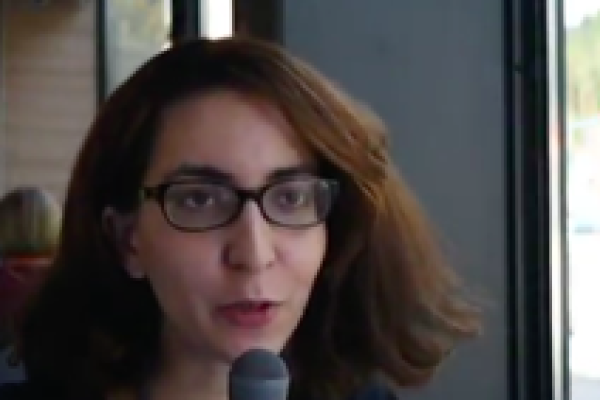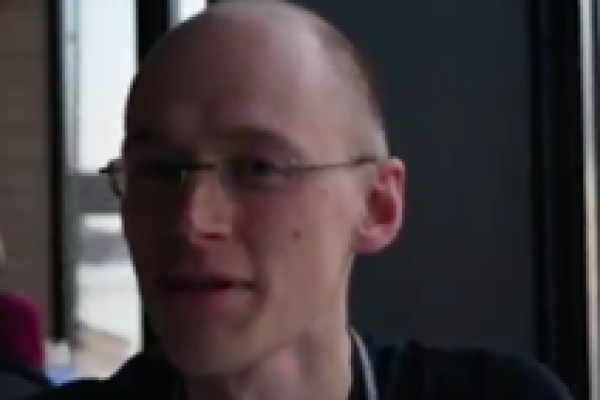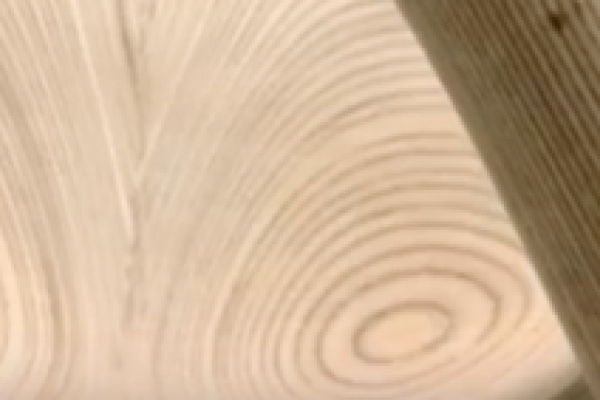Article


A quick chat with Seth Lloyd
The "quantum mechanic" talks about how quantum computers might impact society and the limits of measurement.

The "quantum mechanic" talks about how quantum computers might impact society and the limits of measurement.





